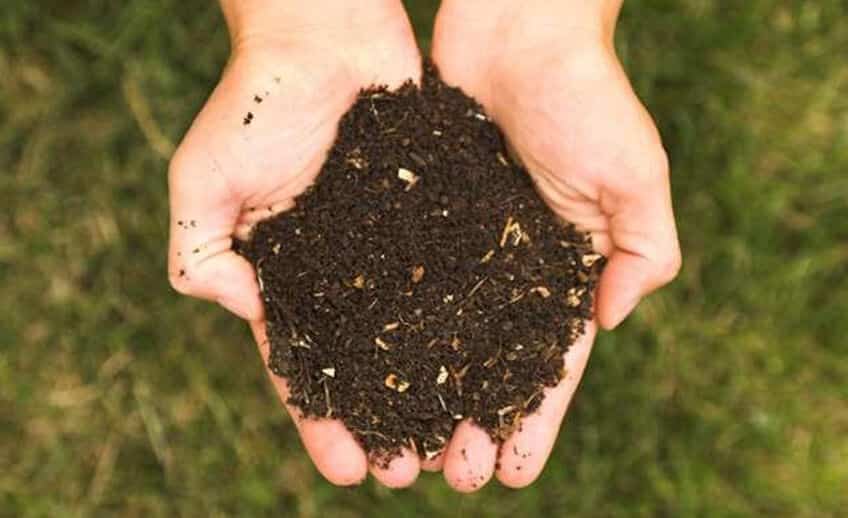Soil Sampling
Soil sampling has and continues to be a crucial tool for soil fertility assessment and getting the right results in for proper recommendations. Besides, it also helps in soil changes studies that result from different cropping practices and in diagnosing certain cropping problems.
The single most important thing when it comes to soil testing or sampling is in collecting the sample itself. The results of the soil sampled are only as good as the method used in its collection. It’s not only beneficial to farmers and gardeners but to landscapers, fertilizer suppliers, consultants and lawn care professionals as well as it guides them on the best way of using lime and fertilizer.
Moreover, since soil sampling shows the available nutrient in the soil, this makes it important in the nutrient management planning. It’s therefore important to consider the technique used in sampling the soil, timing, and type of analysis for you to get accurate results. However, one of the main challenges when it comes to soil sampling is on proper and representative sampling.
If a proper soil sampling is done, the result will be accurate, and the right nutrient recommendations will also be given.
Soil Sampling Methods
As mentioned, it’s important to sample soil in order to give the right recommendations when it comes to assessing the available nutrients as well as the fertility of the soil.
Why do you want to sample the soil? This needs to be the first question that you ask yourself. In most cases, the objective is usually to establish the right appropriate amount of nutrient needed for growing crops. However, soil sampling is never done to measure the exact amount of nutrients found in the soil.
If you desire to measure the amount of nutrients, the test results have to be used together with a calibration curve that correlates the laboratory examination to a given set of crop response data. Lack of the calibration data will end up with meaning less results.
That said, when it comes to soil sampling, the first step is to plan how you want to sample the given field. The field needs to be divided into sampling areas that will be the same fields used in future. Below are some tips that are useful when subdividing the filed into different sampling areas.
- The field size
- The different soil types
- Distinct topography
- Difference in the field’s past usage, i.e., fertility practices, previous crops, livestock confinement, etc.
- The capacity for fertilizer application
- Performance of past crops
The level of the soil tests in any given field will always vary both vertically and laterally. This, combined with the intended use of the field area prescribes how the soil sampling in that given field should be carried out.
Factors to Consider When Carrying Out a Soil Sample
For you to get an accurate analysis of the soil being sampled, it’s important to get the right samples. Inaccurate results are usually as a result of the wrong sampling technique, and this cannot be enhanced by the laboratory test. Here are a few things to consider when doing a soil sample:
- Select the right equipment
- Know when to take samples
- Decide what the sample area is
- The sampling depth needs to be consistent
- Consider the number of acres and core per sample
Most people think soil sampling is easy. However, that’s far from the truth. Paying attention to detail is what can make the difference between getting accurate results and inaccurate results. Only hire the best when it comes to your soil sampling needs. Call us today and let us book that appointment with you.

